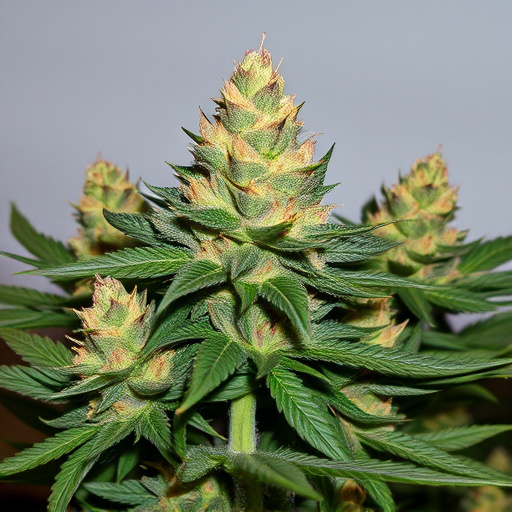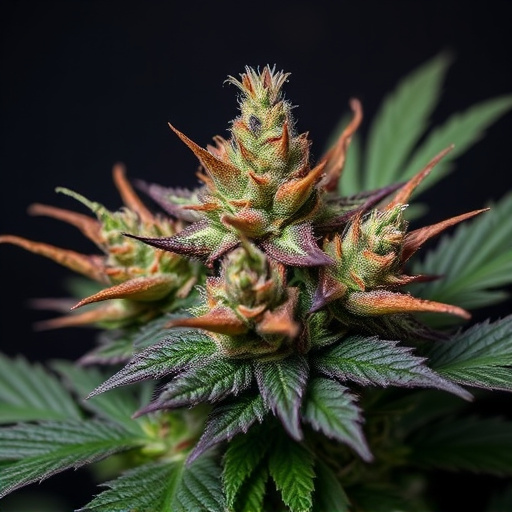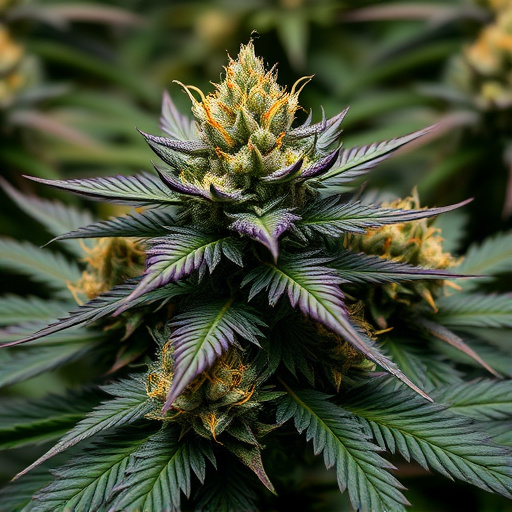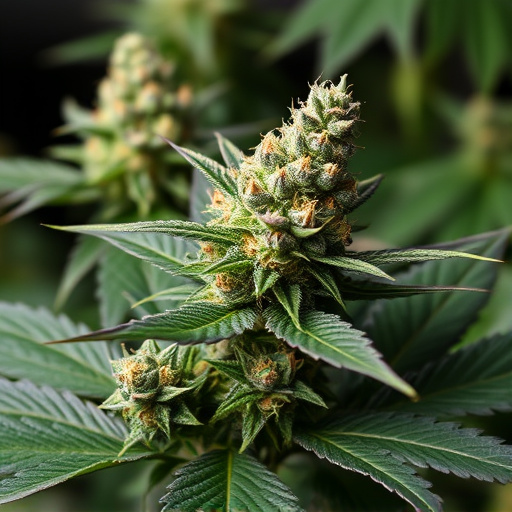Cannabis genetics studies the DNA responsible for plants' varied traits, from aroma to growth patterns, crucial for cultivators creating specific varieties. Indica-dominant strains, characterized by shorter, stocky forms and broad leaves, are popular due to their calming effects, rich earthy or fruity aromas, and suitability for indoor growing. These traits are influenced by dominant genes, allowing breeders to selectively breed cannabis with desired characteristics to meet consumer preferences and medical needs.
Original Cannabis Genetics: Unlocking Nature’s Secrets
Cannabis genetics form the very foundation of this remarkable plant’s diversity. In this guide, we delve into the intricate world of cannabis heritage, with a specific focus on Indica dominant strains. From understanding genetic variations to exploring their unique characteristics and benefits, this article offers an insightful journey. Learn how these strains have captivated cultivators and enthusiasts alike, shaping the cannabis landscape. Discover the science behind their dominance and why it matters for cultivation and enjoyment.
- Understanding Cannabis Genetics: The Basics
- Indica Dominant Strains: Characteristics and Benefits
- The Science Behind Genetic Diversity in Cannabis
Understanding Cannabis Genetics: The Basics
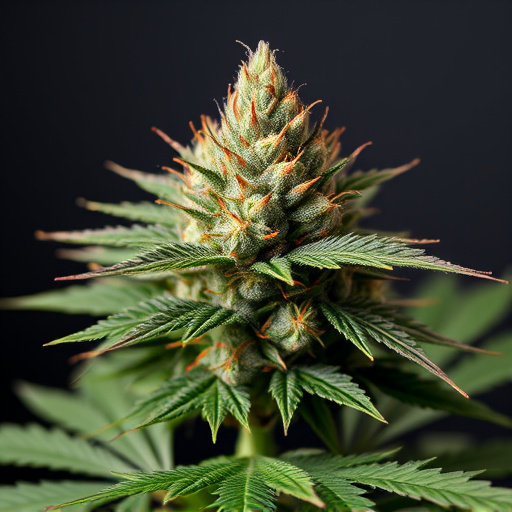
Cannabis genetics is a fascinating realm that underpins the diversity and unique characteristics of this multifaceted plant. Understanding cannabis genetics is crucial for cultivators, researchers, and enthusiasts alike, as it allows us to appreciate the intricate interplay between different genetic traits and their impact on the final product. At its core, cannabis genetics revolves around the study of genes, which are segments of DNA that carry instructions for building and functioning biological organisms.
In the context of cannabis, these genes dictate attributes such as aroma, flavor, THC and CBD levels, growth patterns, and even resilience to environmental stressors. One fundamental concept is the dominance of certain genetic traits over others, exemplified by indica dominant strains. Indica plants tend to have shorter, stockier statures with dense, broad leaves, and they often produce higher concentrations of myrcene, a terpene known for its earthy, musky aroma. This dominance is crucial in breeding programs, as it allows cultivators to select and propagate specific traits to create desired cannabis varieties.
Indica Dominant Strains: Characteristics and Benefits
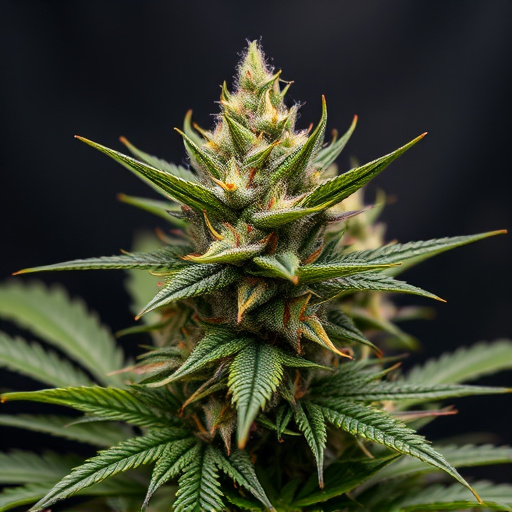
Indica dominant strains are a popular choice for cannabis enthusiasts, known for their distinct characteristics and numerous benefits. These strains carry a heavier genetic influence from Cannabis sativa indica, resulting in plants with shorter, stockier statures and dense, sticky buds. Indicas are renowned for their calming and relaxing effects, making them a favorite among those seeking relief from stress, anxiety, and insomnia. They often possess a rich earthy or fruity aroma, with flavors that range from sweet to pungent.
Physically, indica dominant plants tend to have wider leaves and shorter flowering times compared to sativa strains. This quicker maturation makes them more suitable for indoor growing environments. The concentrated resins in their flowers contribute to the high THC levels commonly found in indicas, offering potent therapeutic effects. Many users appreciate the sedative properties of these strains, which can induce a sense of euphoria, enhance relaxation, and even stimulate appetite—making them beneficial for managing various medical conditions.
The Science Behind Genetic Diversity in Cannabis
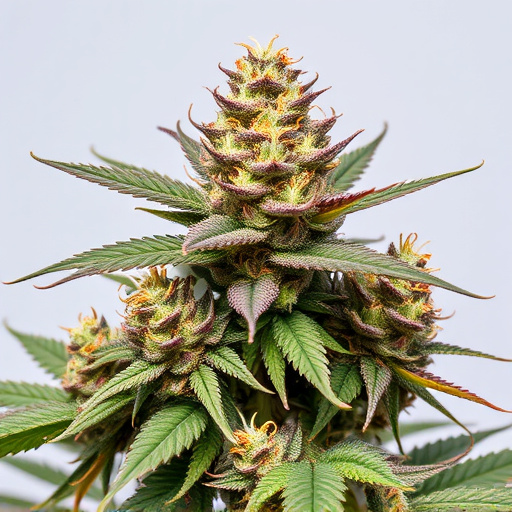
The world of cannabis genetics is a complex and fascinating one, with countless variations and potential combinations. At the heart of this diversity lies an intricate dance between different genetic traits, each carrying its own unique characteristics. Cannabis plants, like many others, possess a vast array of genes that influence their growth patterns, chemical composition, and overall phenotype. These genes determine everything from the plant’s height and resin production to its fragrance and medicinal properties.
Genetic diversity in cannabis is primarily driven by two key factors: dominant and recessive traits. One prominent example is the indica dominant strains, where specific genetic markers dictate a plant’s inclination towards shorter, stockier growth and higher levels of THC. This natural variation ensures that cannabis species can adapt to diverse environments and meet the evolving needs of its users. By understanding these scientific principles, breeders can selectively cultivate strains with desirable traits, offering a wide range of options for different preferences and therapeutic applications.
Original cannabis genetics, particularly indica dominant strains, offer a unique blend of characteristics and benefits that have captivated both breeders and consumers. By understanding the science behind genetic diversity, we can fully appreciate the vast range of potential in this remarkable plant. Indica dominant strains, with their calming effects and distinct sensory profiles, continue to shape the modern cannabis landscape, providing relief and enjoyment for a growing number of people worldwide.





